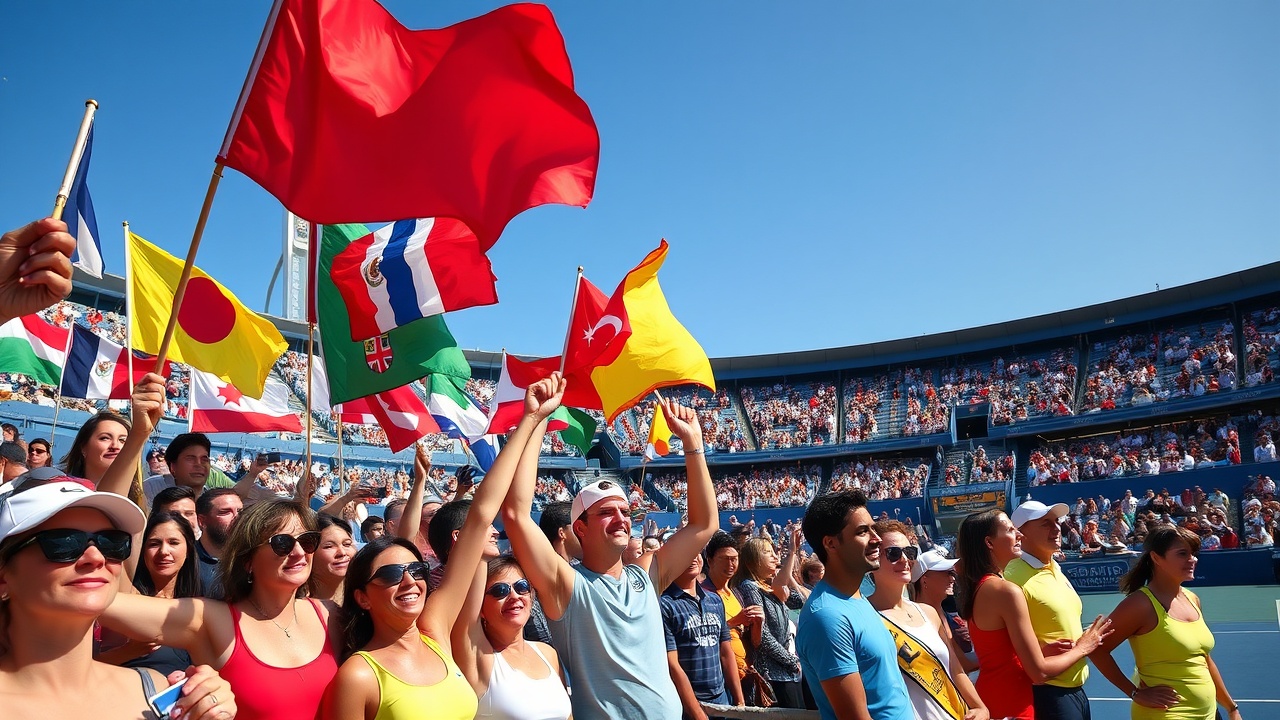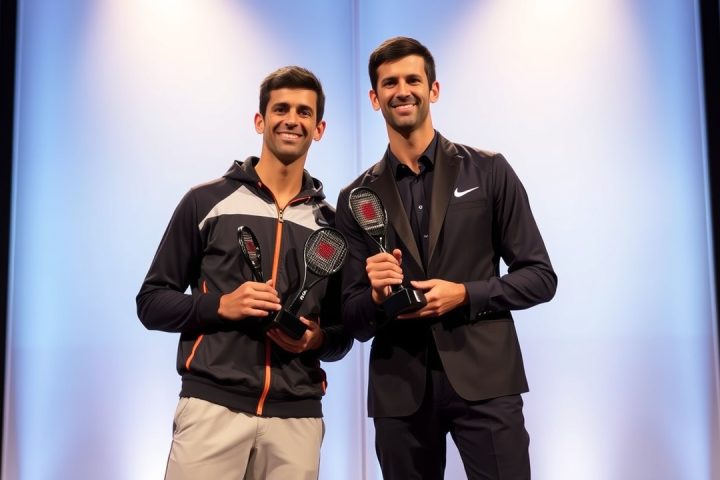The Fascination of Single-Elimination Tournaments
In the realm of sports, few formats captivate audiences quite like the single-elimination knockout tournament. Iconic events like March Madness, the NFL playoffs, and the Indiana High School basketball tournaments have carved a special place in American culture. The United States Tennis Association (USTA) embraces this competitive spirit wholeheartedly, introducing two distinct tournaments to award wild card entries into the prestigious U.S. Open.
Wild Cards and Collegiate Champions
Historically, American champions of collegiate tennis have been granted automatic wild card spots in the U.S. Open, a tradition that continues into 2025. Following the conclusion of the 2024 finals last November, Michael Zheng, who clinched the men’s singles title for Columbia, found himself competing again just to secure his U.S. Open entry. Unfortunately for Zheng, he fell short in the knockouts this week, succumbing to Stefan Dostanic from Wake Forest with a score of 6-3, 6-4. Despite the competitive setback, Dostanic expressed his admiration for Zheng, noting,
“I know it sucks that only one of us can get the wild card. That’s sports.”
The Complex Landscape of Wild Cards
The women’s side of the tournament saw Valerie Glozman of Stanford triumph over Texas A&M’s Mary Stoiana. Meanwhile, Darja Vidmanová of the University of Georgia was not included in the playoff despite winning the same title as Zheng, owing to the USTA’s policy that restricts wild card opportunities to American players, reflecting a longstanding commitment to support domestic NCAA champions. This system seems equitable at first glance; players should vie for distinguished spots in a Grand Slam rather than rely on issuances from tournament officials. However, the motivations intertwining nationalism, corporate interests, and ticket sales often cloud the original fairness of the wild card approach.
Wild cards are a prevalent feature across ATP and WTA tournaments, sometimes used to rejuvenate events by inviting popular players sidelined from major competitions. They can attract sponsors and increase ticket sales, as tournament organizers pair emerging talent with established stars. But the initial arbitrary nature of wild cards has largely disappeared from major events like Wimbledon and the U.S. Open, inversely becoming more complex.
National Bias and Its Implications
In an era where computerized ranking systems eliminated overt favoritism, tournament directors still reserved slots for select individuals, creating the current wild card phenomenon. Contrast this with other sports: the absurdity of allowing a storied team like Manchester United automatic access to the Champions League despite poor performance would generate outrage. Nonetheless, in tennis, wild cards and national biases have persisted, frustratingly influencing tournament outcomes.
At Grand Slam events where the men’s and women’s singles categories each feature 128 competitors, wild cards constitute about six percent of the overall entries. National federations, like the USTA, offer reciprocal agreements that facilitate mutual wild card selections, but the majority tends to favor local players, making it a challenge for athletes from other countries represented in the International Tennis Federation.
International Exceptions and Local Preferences
In Australia, a unique exception exists, allowing a regional player from the Asia-Pacific to earn a coveted position, fostering talent in less conventional tennis nations. Notable examples include Kasidit Samrej from Thailand and veteran Zhang Shuai from China, both of whom succeeded in their playoff qualifications for the 2025 tournaments.
At the All England Law Tennis Club, for the forthcoming Wimbledon, just one wild card is slated for a foreign player, Petra Kvitová of the Czech Republic. The rest primarily feature up-and-coming British talents. Interestingly, for several years, despite a lack of strong domestic contenders, the club has foregone awarding all wild cards in favor of merit-based selections.
The Path Ahead for Aspiring Players
While success rates for recipients of wild cards in the main draws have historically been low, notable exceptions exist, such as Kim Clijsters‘ shocking return to triumph in 2009 and Goran Ivanišević‘s surprising Wimbledon victory in 2001 as a wild card. However, there are few less likely stories of successful unranked players rising from obscurity to pinnacle wins, evidenced by Loïs Boisson‘s remarkable French Open journey just this year.
As Zheng and others like Boisson gear up for yet another single-elimination venture in pursuit of their dream spots at the U.S. Open and Wimbledon, one cannot ignore the incongruities of wild card distribution. What remains consistent is the intriguing blend of national pride, sport integrity, and commercial strategy driving the world of tennis today, weaving a narrative that will likely continue to evolve.




